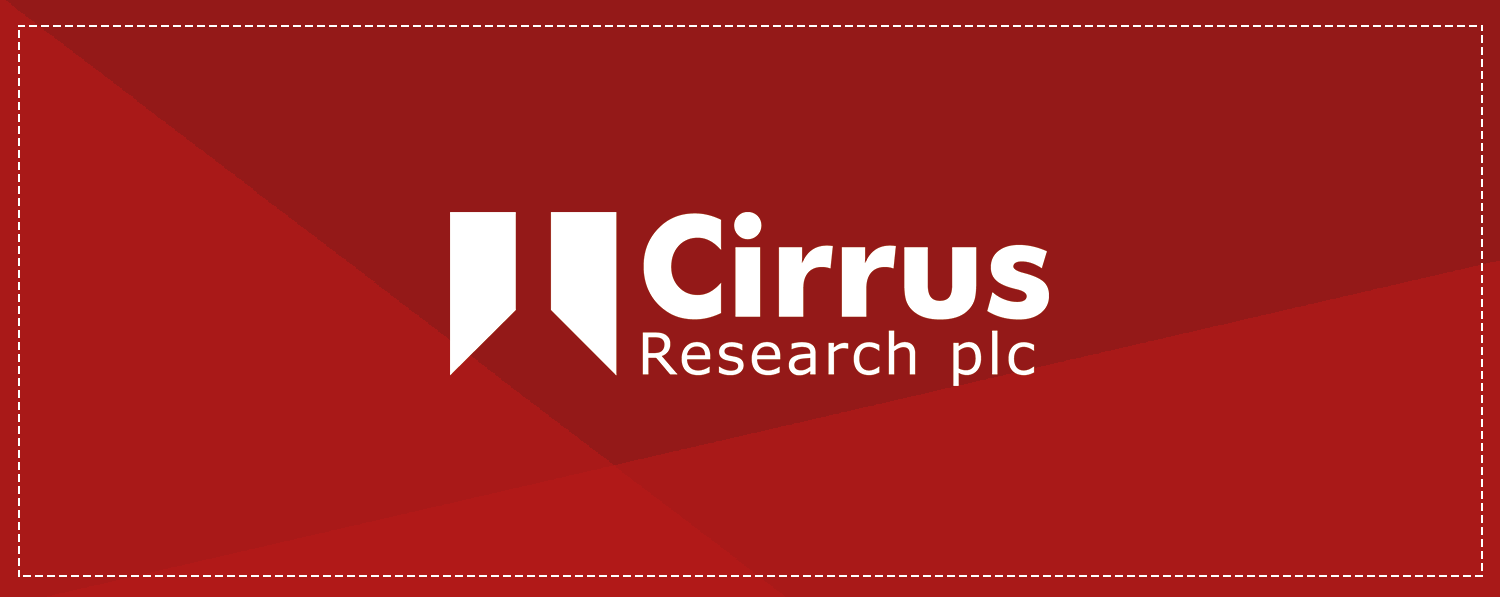A Class 1 Sound Level Meter is a noise measurement instrument that meets the requirements of IEC 61672-1:2002 (or an equivalent such as BS EN 61672-1:2003) to Class 1 performance.
Tolerances & Accuracy
This standard specifies two levels of performance, Class 1 and Class 2, with Class 1 being effectively more accurate. Within the standard are a set of performance criteria that an instrument must meet and each of these has a tolerance associated with it. The tolerances for Class 1 are tighter than for Class 2. For example, at the reference frequency of 1kHz, the tolerance limits for Class 1 are +/- 1.9dB and for Class 2 the tolerance is +/- 2.2dB.
Measurement Functions
The functions that an instrument must provide are not defined in this standard and so there are many different Class 1 Sound Level Meters that will give different functions whilst providing the same overall performance. A simple sound level meter that meets the standard may only provide Sound Pressure measurements whereas a much more sophisticated instrument may provide for the measurement of Sound Pressure, Leq and Peak Sound Pressure.
For example, within the Optimus sound level meter range there are 8 instruments that meet Class 1 of IEC 61672-1:2002.
The features and functions that each of these different instruments provides are different and range from the CR:151A optimus yellow, which provides Sound Level and Maximum Sound Level, to the CR:171B which provides Audio Recording, 1:1 & 1:3 Real-time octave band filters and data logging of all measurement parameters. Both of these instruments meet the requirements of the IEC 61672-1:2002 standard for a Class 1 instrument but are very different in terms of the measurement data that they can provide.
When specifying a Sound Level Meter, a good starting point is to decide what you need to measure and then find an instrument that provides those features. Refer to any regulations or guidelines that you need to meet. These will usually give the type of measurements that you will need as well as the level of accuracy that your instrument must have.
For example, the Noise at Work Regulations which are used in the UK requires, as a minimum, the measurement of LAeq and LCPeak.
Environmental noise standards will require different parameters and may include functions such as Leq, Ln’s (L10 and L90 for example), Lmax and possibly 1:3 Octave Band Analysis.
Both of these will state the level or Class of Sound Level Meter that you will need.
Some regulations and guidelines may refer to older instrumentation standards and these may state the level of accuracy as Type rather than Class. When the new standard for sound level meters, IEC 61672, was developed, Type was replaced by Class and the levels of 0 and 3 were dropped (IEC 61672-1:2002 supersedes the previous standards IEC 60651 and IEC 60804 which have been withdrawn).
Do you have any questions?
If you would like a recommendation or if you have any questions, click here and let us know how we can help.
Call us on +44 1723 891655 if you would like any more information.



